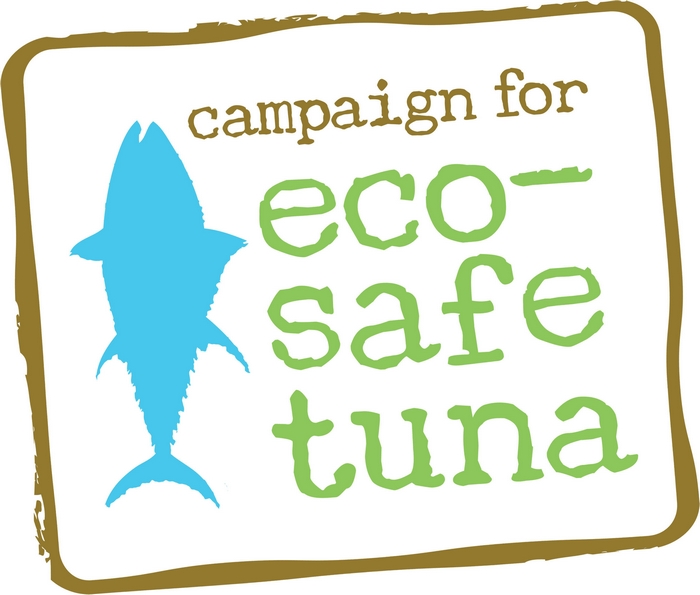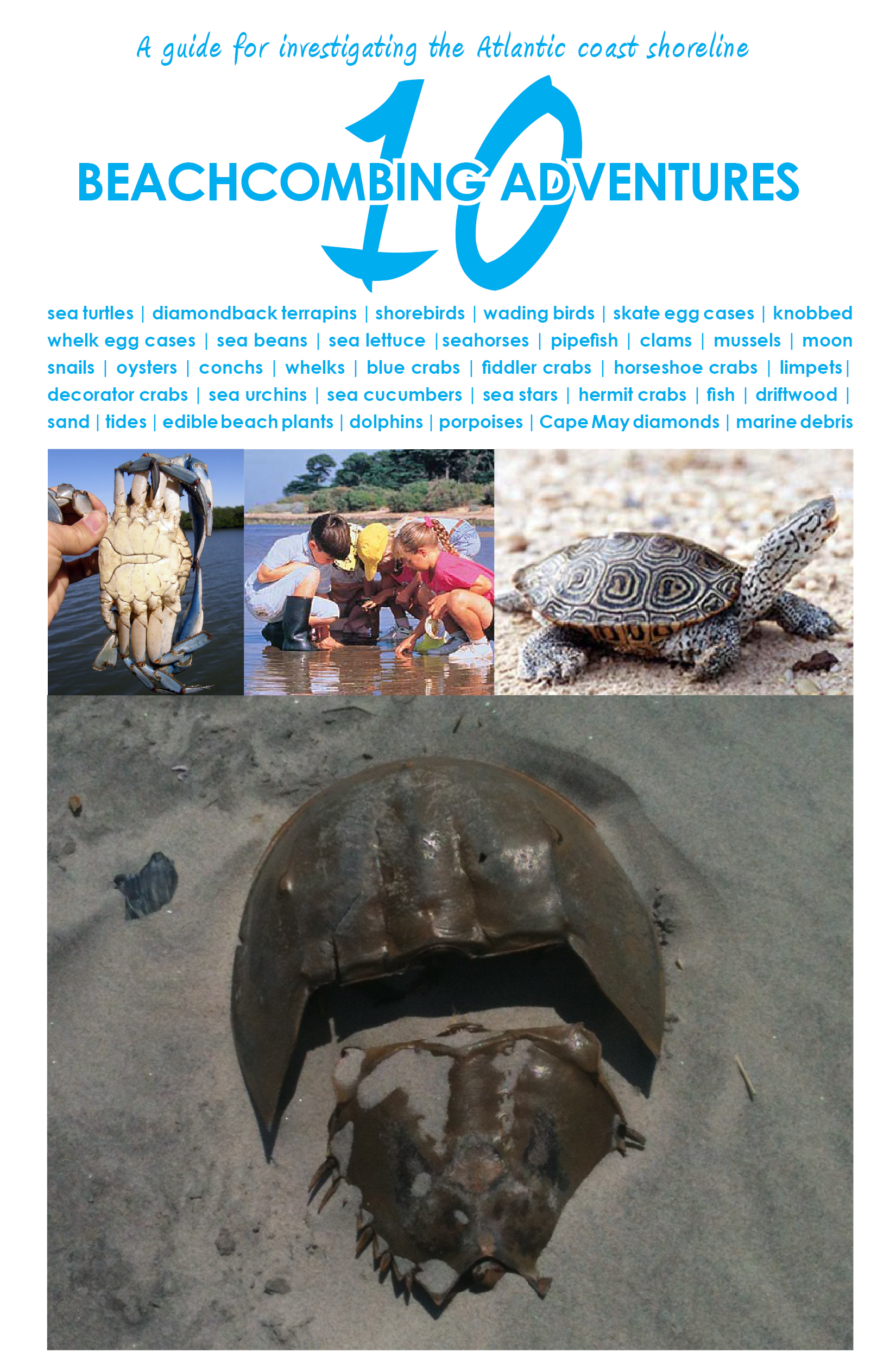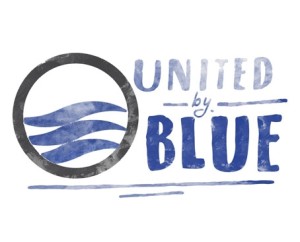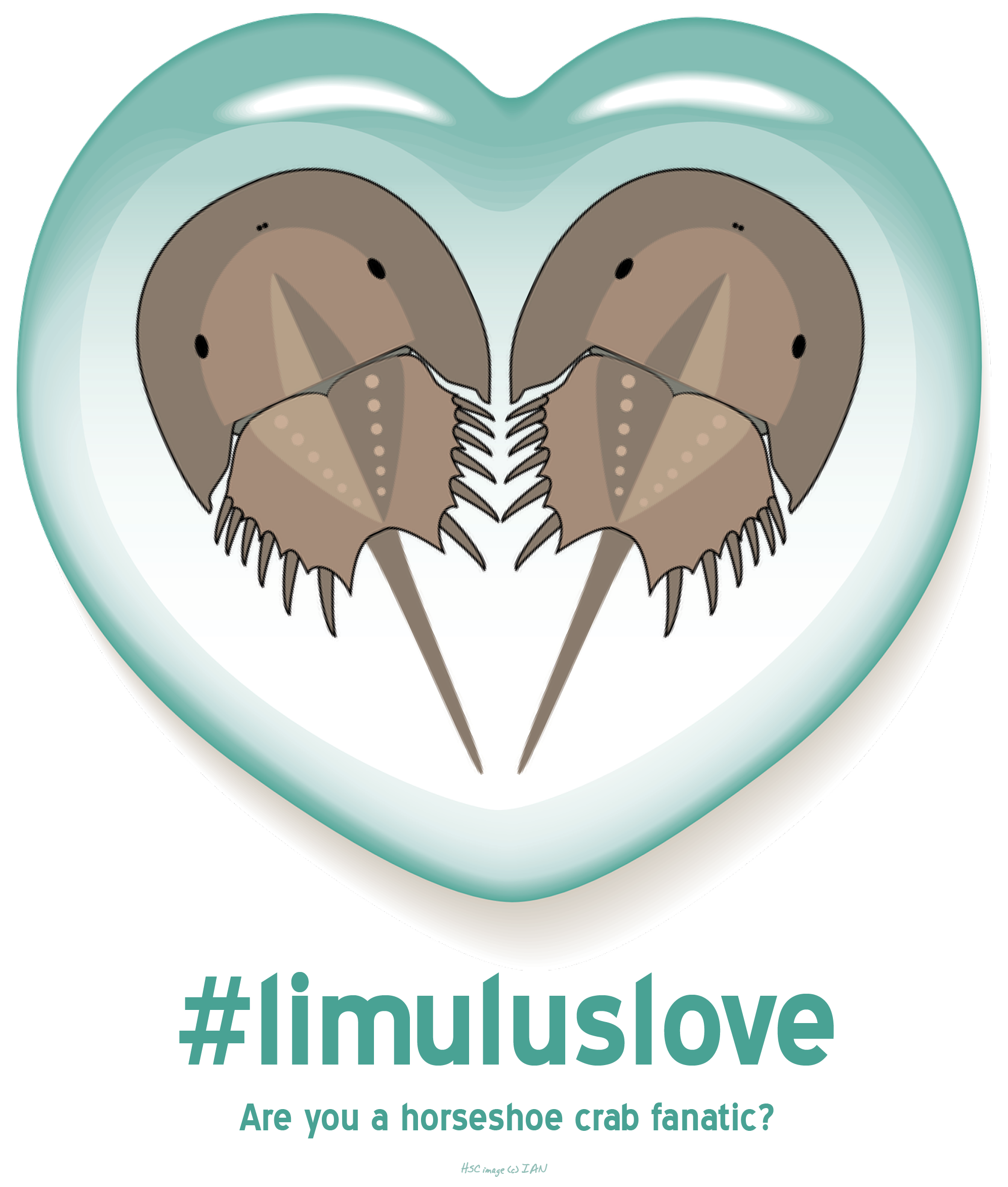Ever know instinctively that some animals are ‘related’ and just can’t pinpoint their similarities? On the third day of every month I explain three features that are common among three animals of a certain group. Of course, generally each group has more than three representatives and even many more similarities and then even more differences, but I am going to choose three similarities that link threes to keep it simplified. This month is focused on the shrimp, the lobster, and the crab – all crustaceans, but more specifically all are members of the largest of the six classes of crustaceans known as the Malacostraca class. (Need a refresher on the trusty mnemonic device for classification? Click here.)
Check out ‘Getting to know three … Echinoderm edition’.









What people are saying …